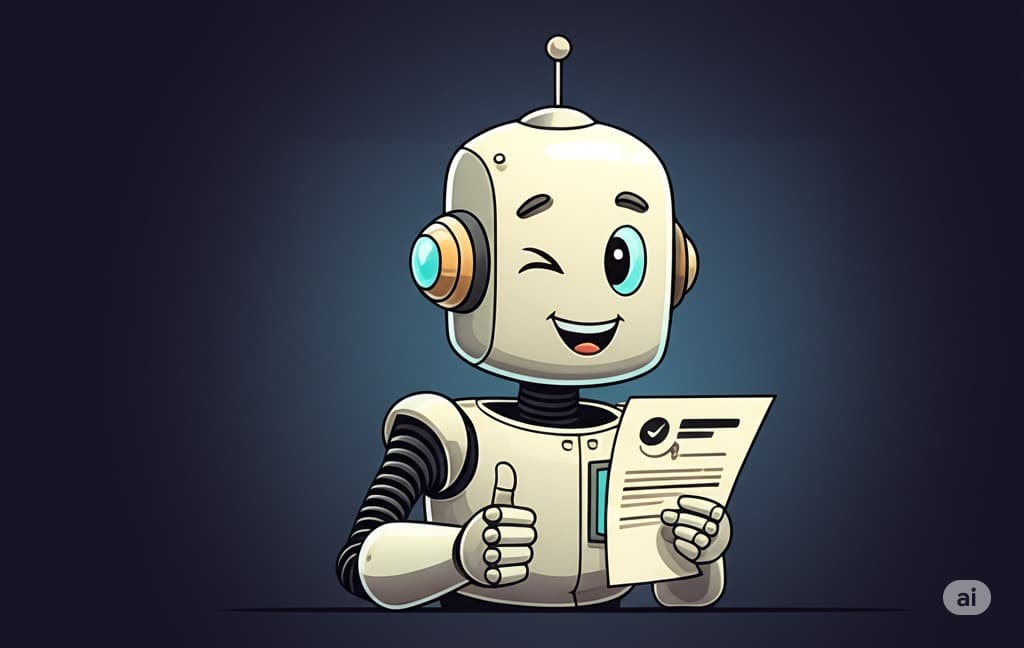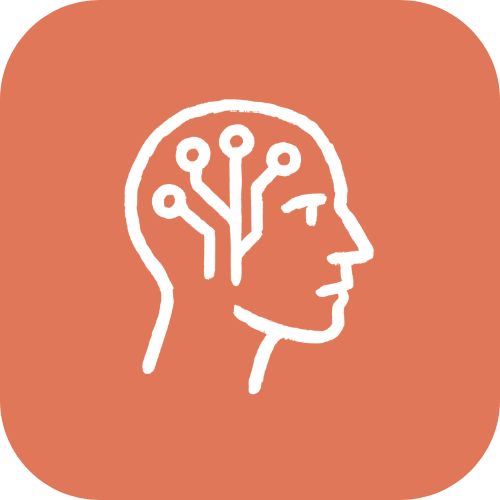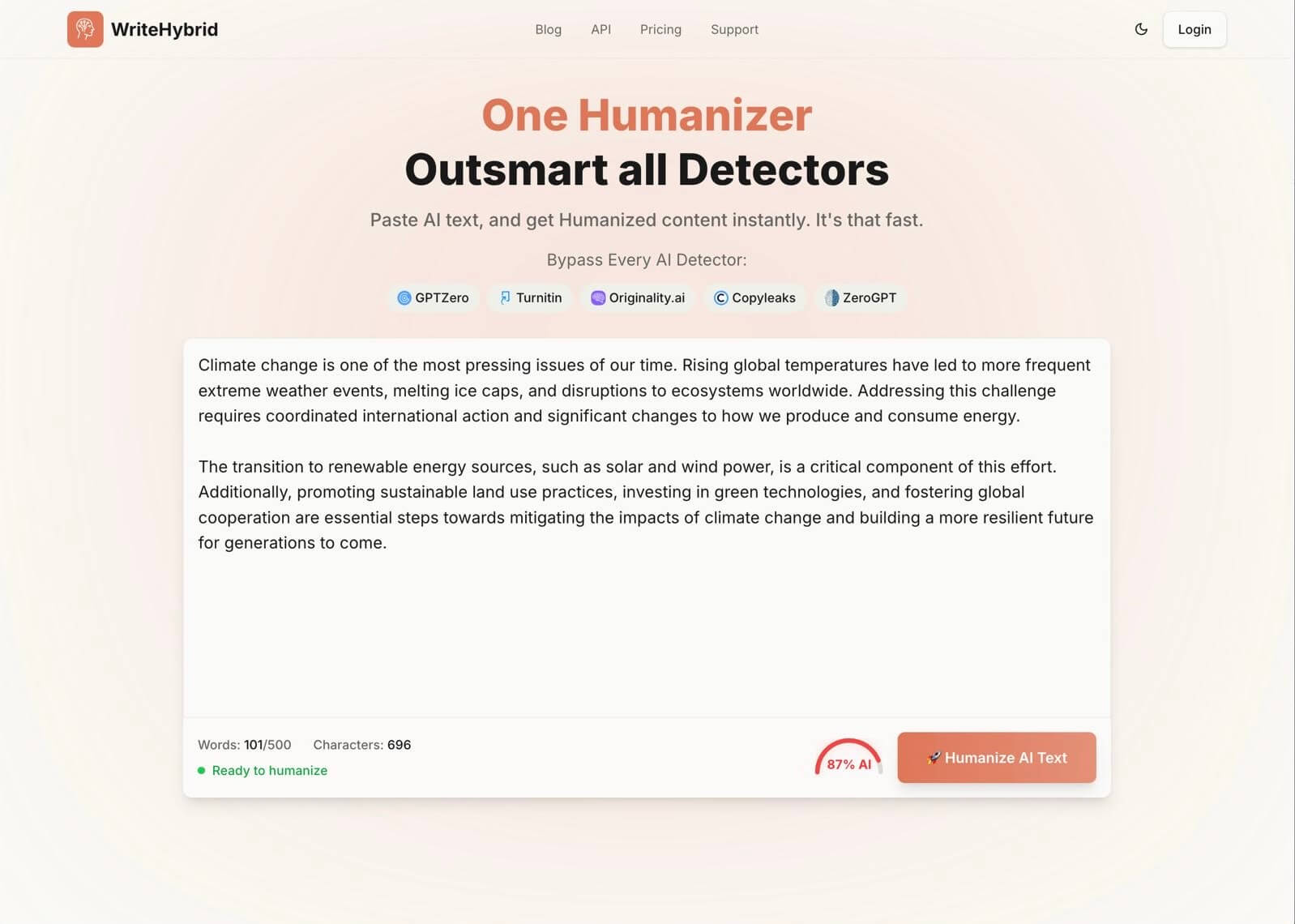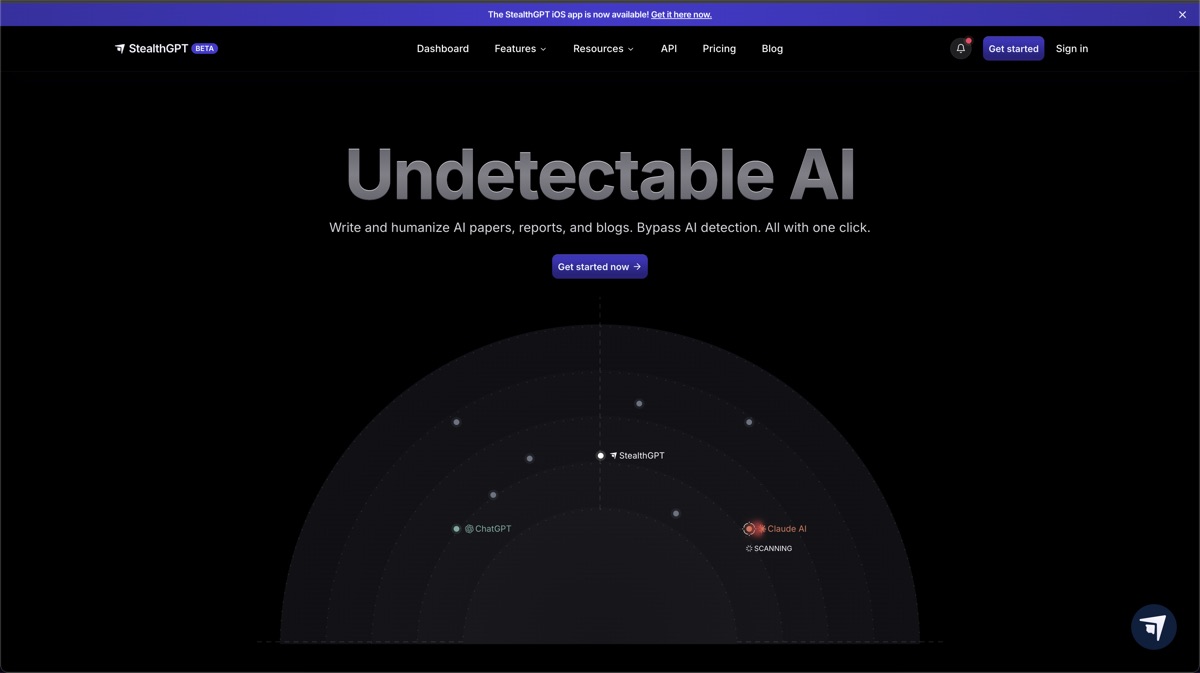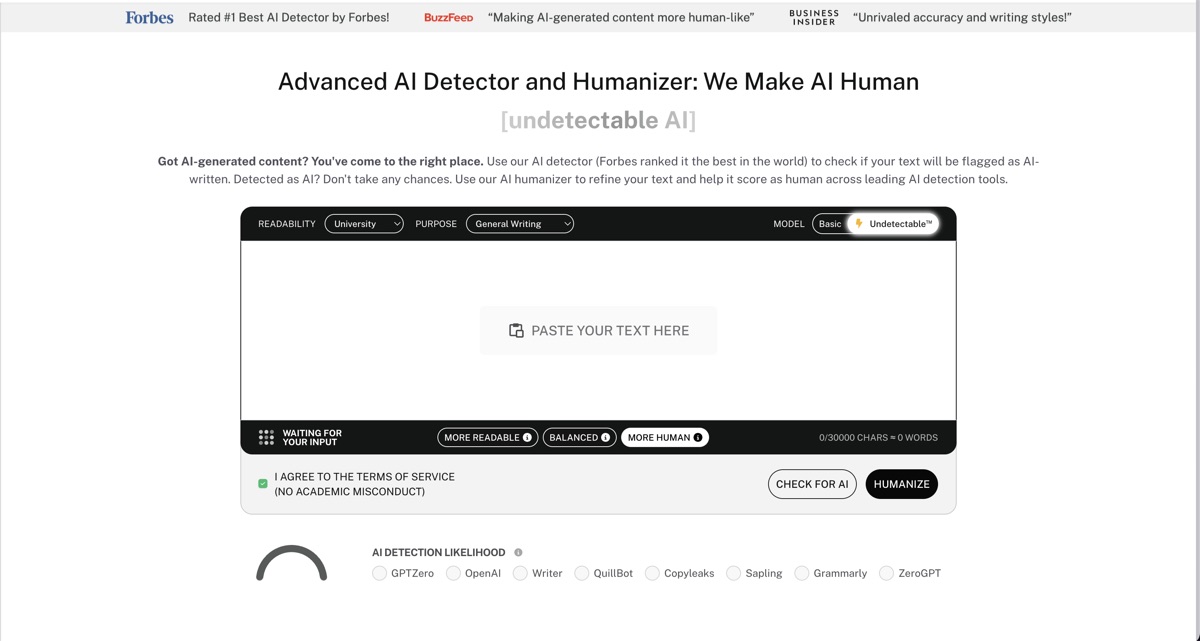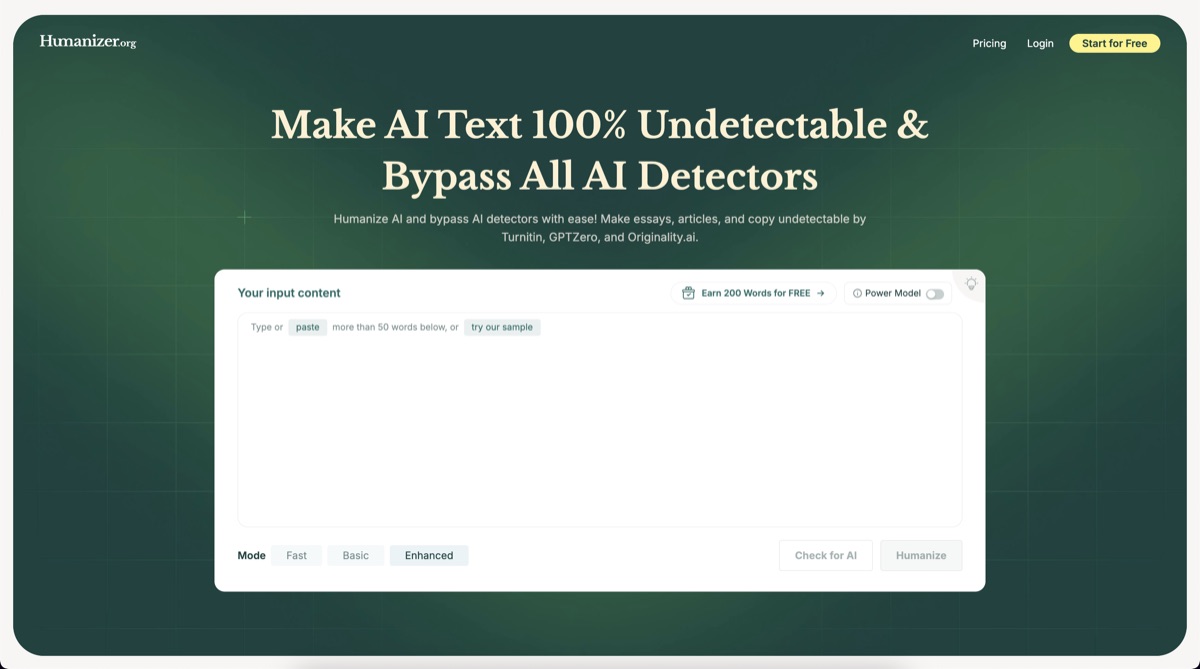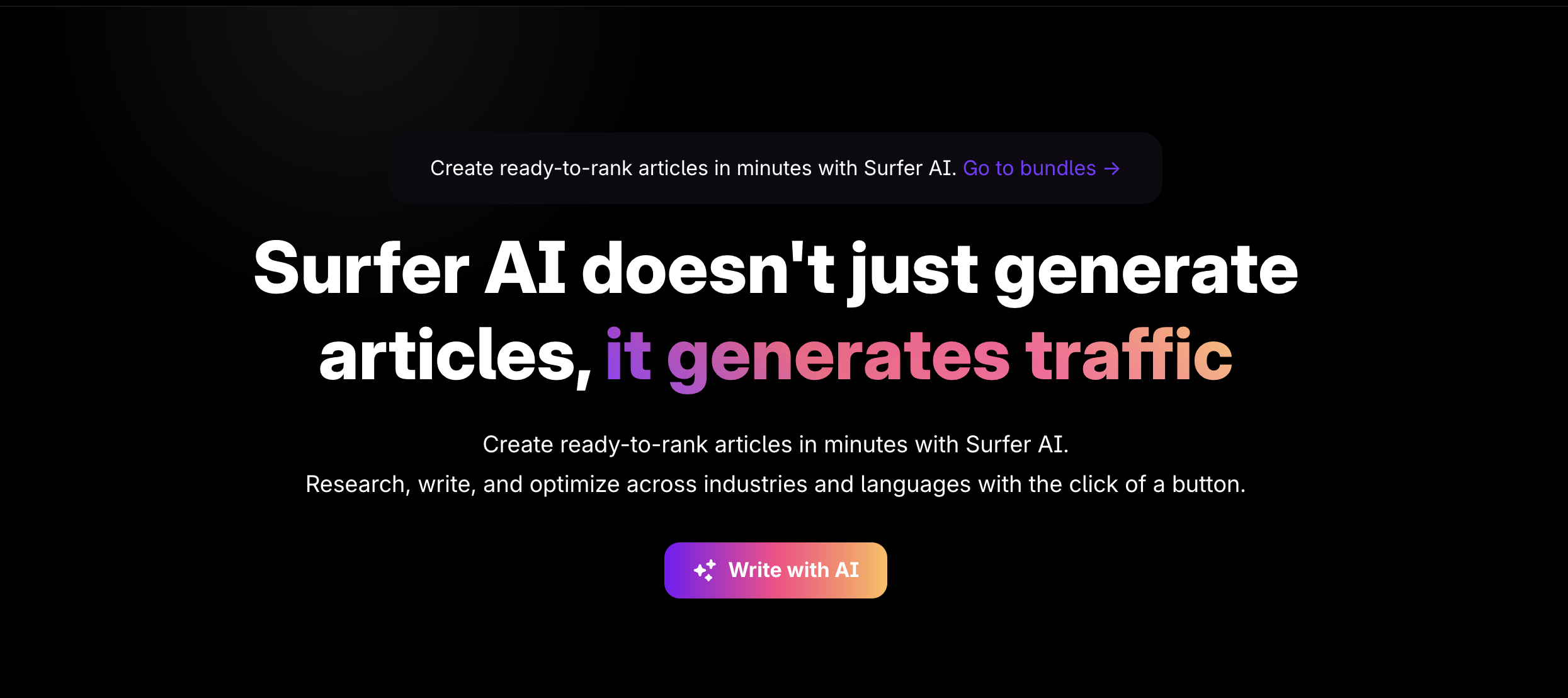Introduction
Picture this: You've just spent hours crafting your research paper, only to read it back and realize it sounds like it was written by a Roomba with a PhD. Sure, the facts are there, but the soul? Not so much. If your academic writing has ever been accused of being more "artificial" than "intelligent," you're not alone.
In the age of ChatGPT and AI-powered everything, it's easier than ever to churn out essays that pass the grammar test but fail the human one. Professors, peer reviewers, and even AI detectors are on high alert for robotic prose—and nothing tanks your credibility faster than sounding like you outsourced your thesis to a toaster.
But don't panic. This isn't a call to abandon technology and start chiseling your dissertation on stone tablets. Instead, we're diving into the world of AI humanizer tools—your secret weapon for making academic writing sound less like a machine and more like, well, you. Ready to give your research a human touch (and maybe even a little personality)? Let's get started.
Why Humanizing Academic Writing Matters
Let's be real: nothing says "please ignore my research" like a paper that reads as if it was ghostwritten by HAL 9000. In 2025, AI-generated content is everywhere—so much so that Google's algorithms and academic journals are on a mission to sniff out anything that smells even remotely robotic. And trust us, they're getting good at it.
Here's the kicker: studies show that unedited AI text isn't just a red flag for plagiarism checkers—it's also a magnet for SEO penalties and a surefire way to lose your audience's trust (LearnWorlds). In fact, humanized content outperforms AI-generated text by a landslide: 45% more impressions, 60% more clicks, and a whopping 92% of human-written sites rank better than their AI twins.
But it's not just about dodging the digital bouncers. Academic writing is about credibility, connection, and—dare we say—showing you actually know your stuff. When your work sounds like it was assembled by a committee of algorithms, reviewers and readers start to wonder: is there a real person behind this, or just a really enthusiastic chatbot?
And let's not forget the AI detectors. These tools are evolving faster than you can say "ChatGPT," and they're not just looking for obvious tells. They're analyzing sentence structure, word choice, and even the rhythm of your writing (University World News). The result? If your paper feels too generic, too perfect, or just a little too...predictable, you could be flagged—even if you did the work yourself.
Bottom line: humanizing your academic writing isn't just a nice-to-have. It's your best defense against being lost in the AI shuffle, your ticket to higher rankings, and the secret sauce for building trust with your readers. In a world where anyone can generate a passable essay with a few clicks, your authentic voice is what sets you apart.
What is an AI Humanizer?
If you've ever wished your AI-generated essay sounded less like a robot and more like your over-caffeinated study buddy, you've already met the concept of an AI humanizer. In plain English: an AI humanizer is a tool (or sometimes a clever set of prompts) designed to take text written by artificial intelligence and give it a much-needed personality transplant.
How does it work? Think of it as a digital makeover. AI humanizers use a mix of paraphrasing, sentence restructuring, and vocabulary swaps to turn "machine speak" into something that actually sounds like a person wrote it. They break up those suspiciously uniform sentences, ditch the repetitive phrases, and swap out the "in today's world" clichés for language that feels more natural (Ref-n-Write).
Why bother? Because academic writing is about more than just passing the spellcheck. It's about clarity, credibility, and connecting with your reader. If your paper reads like it was assembled by a committee of algorithms, you risk being flagged by AI detectors—or worse, losing your audience's trust.
But here's the catch: AI humanizers aren't magic wands. They can help your writing pass the "human test," but they're not a substitute for your own voice, insight, or critical thinking. Think of them as your digital sidekick—great for a quick polish, but the real star of the show should always be you.
How AI Humanizers Work (with Examples)
So, how does an AI humanizer actually turn your "robot wrote this" draft into something that sounds like it came from a real, breathing grad student? It's not magic—it's a mix of clever tricks and a little algorithmic elbow grease.
Here's the playbook:
- Paraphrasing: Swapping out words and phrases for synonyms, so "utilize" becomes "use," and "in today's world" gets the boot.
- Sentence Restructuring: Breaking up those suspiciously uniform, run-on sentences into a mix of short and long ones—just like humans do when they're on their third cup of coffee.
- Pattern Busting: AI loves patterns. Humanizers break them up by adding variety, tossing in a rhetorical question, or even splitting a complex idea into two punchy lines.
- Contextual Tweaks: The best tools don't just swap words—they look at the whole sentence, making sure the meaning stays intact (no more "Einstein did not receive the Nobel Prize" mishaps).
Let's see it in action:
AI-generated:
"The research demonstrates that artificial intelligence is increasingly utilized in academic writing, providing efficiency and consistency, but often resulting in text that lacks a human touch."
Humanized:
"AI is popping up everywhere in academic writing. Sure, it's efficient and keeps things consistent, but let's be honest—sometimes it makes your paper sound like it was written by a very polite robot."
The result? Text that's less "instruction manual," more "actual person with a sense of humor."
But don't get too comfortable—AI humanizers aren't perfect. Some tools just spin synonyms and call it a day, leaving you with awkward phrasing. The best ones use machine learning to rewrite whole sentences, but even then, a quick human edit is your best friend (Intellectualead).
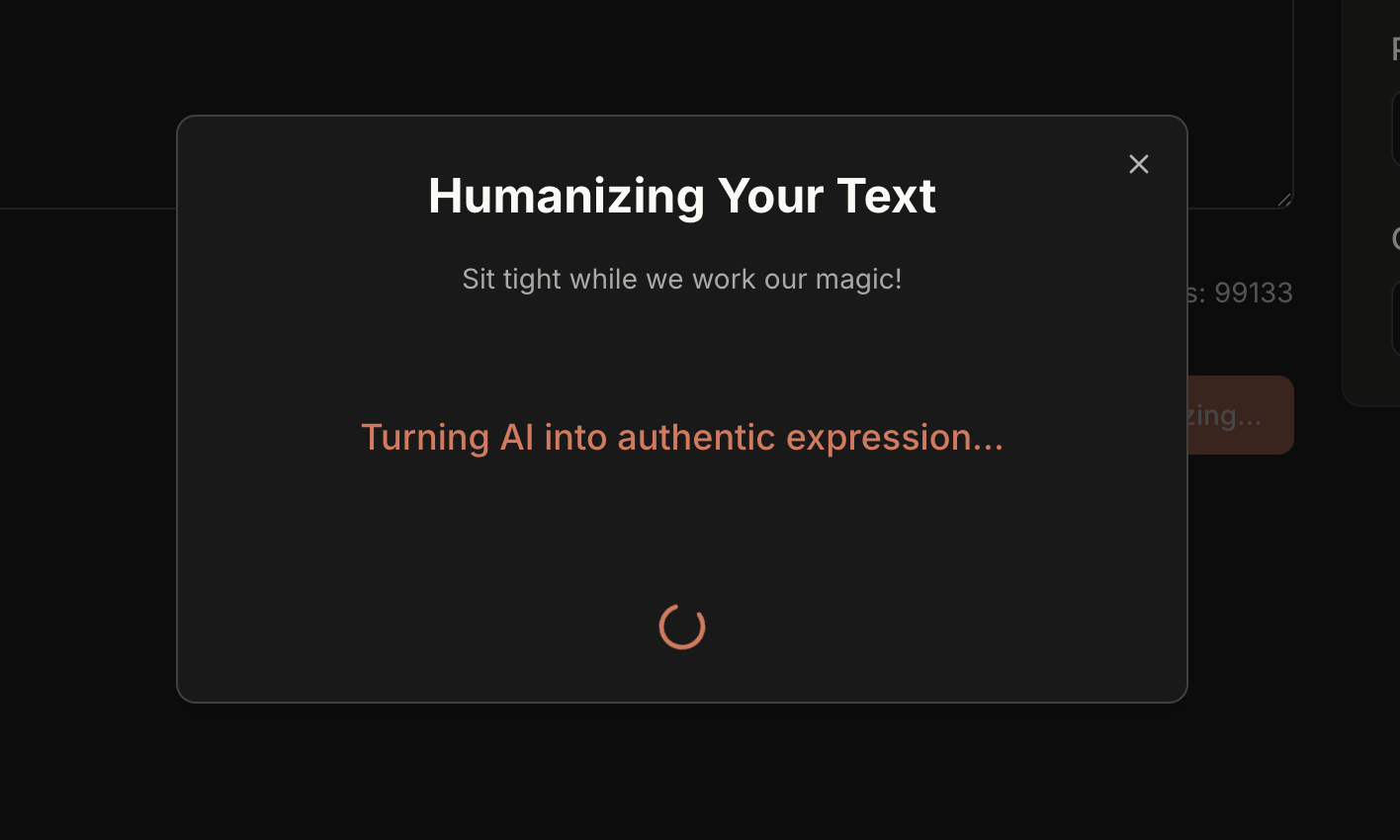
Step-by-Step: Using AI Humanizers for Academic Writing
Ready to give your academic writing a human glow-up? Here's your no-nonsense, slightly-caffeinated roadmap:
1. Pick Your Humanizer Wisely
Not all tools are created equal. Some just spin synonyms, others actually rewrite for flow. Try a few (like WriteHybrid, WriteHuman, or BypassGPT) and see which one makes your writing sound less like a robot and more like you.
2. Drop in Your Draft
Paste your AI-generated (or just awkward) text into the tool. Don't worry, it's not judging you—yet.
3. Let the Humanizer Work Its Magic
Hit the button and watch as your text gets a personality transplant. Pro tip: If the result still sounds like it was written by a polite toaster, try a different mode or tool.
4. Review and Edit Like a Human
This is where you shine. Read the output aloud. Does it sound natural? Are there any weird phrases or accidental "Einstein did not receive the Nobel Prize" moments? Fix them. Add your own voice, insights, and maybe a dash of humor.
5. Run It Through an AI Detector (Optional, but Fun)
Curious if you've fooled the bots? Use an AI detector to check your work. Just remember: these tools aren't perfect, so don't panic if you get mixed results (Ref-n-Write).
6. Final Polish and Submission
Give your paper one last read. Check for clarity, flow, and that all-important human touch. Then hit submit and bask in the glow of your newly humanized, credible, and (hopefully) undetectable academic masterpiece.
Best Practices for Humanizing Academic Content
Let's face it: if your academic writing sounds like it was assembled by a committee of robots, you're not just boring your readers—you're waving a red flag at AI detectors and search engines alike. Here's how to keep your work sounding sharp, credible, and unmistakably human:
1. Mix Up Your Sentences
AI loves uniformity. Humans? Not so much. Vary your sentence lengths—toss in a short punchy line after a longer one. It keeps your reader awake and your writing off the AI radar (Ref-n-Write).
2. Ditch the Clichés and Fluff
If you spot phrases like "in today's world" or "at the end of the day," hit delete. These add nothing but suspicion. Be direct, be clear, and don't be afraid to sound like yourself.
3. Watch for Repetition
AI-generated text is notorious for repeating itself. Scan for repeated phrases or ideas and swap them out for something fresh. Your readers (and reviewers) will thank you.
4. Use Conversational Language—But Stay Professional
You're not writing a text to your group chat, but you're also not penning the Magna Carta. Aim for a tone that's approachable, clear, and confident. If you wouldn't say it out loud, don't write it.
5. Add Your Own Insights
AI can't fake your experience or perspective. Sprinkle in your own analysis, examples, or even a quick anecdote. This is what makes your work stand out from the algorithmic crowd.
6. Fact-Check Everything
AI sometimes "hallucinates" facts. Double-check stats, quotes, and references. Your credibility depends on it.
7. Use Discipline-Specific Language (But Don't Overdo It)
Show you know your field by using the right terminology, but don't drown your reader in jargon. Balance expertise with accessibility.
8. Keep SEO in Mind—But Write for Humans First
Yes, keywords matter. But stuffing your paper with "AI humanizer for academic writing" won't win you any fans (or citations). Use keywords naturally, and always prioritize clarity and flow.
Bottom line: The best academic writing is a blend of expertise, personality, and a dash of SEO savvy. If you can make your reader nod, smile, and maybe even chuckle, you're doing it right.
Common Pitfalls & How to Avoid Them
Even the best AI humanizer can trip you up if you're not careful. Here's how to dodge the banana peels on your path to academic glory:
1. Over-Humanizing (aka, The Shakespearean Robot)
If your "humanized" text suddenly sounds like a caffeinated poet or a sitcom character, you've gone too far. Overdoing slang, jokes, or dramatic flair can make your writing feel less authentic—not more.
How to avoid it: Read your work aloud. If it sounds like you're auditioning for a comedy club, dial it back.
2. Factual Fumbles
AI sometimes "hallucinates" facts or misinterprets data. If you blindly trust the output, you risk spreading misinformation.
How to avoid it: Always double-check stats, quotes, and references. If in doubt, leave it out (or verify it yourself).
3. Citation Slip-Ups
AI tools can mangle citations or invent sources out of thin air. That's a fast track to academic trouble.
How to avoid it: Use your own citation manager and check every reference for accuracy and formatting.
4. Repetitive Phrasing
AI loves to repeat itself. If you see the same phrase popping up like a bad jingle, it's time for a rewrite.
How to avoid it: Scan for repeated words or ideas and swap them out for something fresh.
5. Ethical & Academic Integrity Risks
Passing off AI-generated or heavily humanized text as your own work can cross ethical lines, especially in academia.
How to avoid it: Be transparent about your process, follow your institution's guidelines, and use AI as a tool—not a ghostwriter.
Bottom line: The best academic writing blends the efficiency of AI with your own expertise, voice, and integrity. Keep it real, keep it honest, and you'll stay on the right side of both the bots and the humans.

Let's be honest: picking an AI humanizer tool can feel like shopping for cereal—there are a million options, most taste the same, and only a few won't leave you with regret. Here's a quick, no-nonsense rundown of the best tools for making your academic writing sound less like a robot and more like you:
Our very own AI humanizer, built for academics, bloggers, and anyone tired of sounding like a toaster. Designed to make your writing undetectable, natural, and (dare we say) a little bit charming. Free to try, with advanced features for power users.
Pros:
- Human-like flow
- Academic-friendly
- SEO smart
- Always up to date
Cons:
- We're biased, but you'll have to try it to believe it
StealthGPT takes a different approach, using what they call "proprietary algorithms" to humanize AI content. They claim their method is specifically designed to bypass AI detectors, including those used by academic institutions.
Pros:
- Specifically targets academic writing
- Claims high success rate against detection
- Multiple humanization modes
Cons:
- Higher price point
- Mixed reviews on actual effectiveness
- Limited free trial
WriteHuman focuses on making AI text sound more natural and conversational. They offer built-in AI detection and multiple rewriting modes to suit different content types.
Pros:
- Built-in AI detection feature
- Multiple modes (Simple, Advanced, Creative)
- Supports multiple languages
Cons:
- Limited free word count
- Advanced features require paid plans
- Quality can vary by content type
Undetectable AI positions itself as the most advanced humanizer available. They offer real-time AI detection checking and claim the highest bypass rates in the industry.
Pros:
- Real-time detection checking
- High claimed success rates
- Clean, professional interface
Cons:
- No free plan
- Higher pricing tier
- Output can sometimes feel over-processed
A free, web-based tool that makes AI text sound more natural and pass most detectors. Supports 50+ languages.
Pros:
- Free to try
- Easy to use
- Multi-language
Cons:
- Occasional awkward phrasing
- Best for quick fixes
Great for SEO-focused academic writers. Rewrites AI text for a more human feel and helps with Google rankings. Free for up to 20,000 words.
Pros:
- SEO-friendly
- Free tier
- Good for web content
Cons:
- English only
- Not always perfect for academic tone
Pro Tips:
- Always test your output with multiple AI detectors (Originality AI, Winston AI, GPTZero)
- Don't rely solely on tools—add your own edits for the best results
- Free trials are your friend. Try before you buy!
Bottom line: The right tool can save you hours and help you pass both the human and AI sniff test. But remember, the real magic happens when you blend these tools with your own voice and expertise.
Real-World Case Study/Success Story
Meet Priya, a grad student with a deadline, a caffeine addiction, and a thesis draft that sounded like it was written by a very polite Roomba. Her research was solid, but every paragraph screamed "AI-generated"—and her university's new AI detector was on the prowl.
The Problem:
"The results indicate a significant correlation between study habits and academic performance, suggesting that further research is warranted."
Her advisor's feedback? "This reads like a user manual. Where's your voice?"
The Fix:
Priya turned to an AI humanizer (WriteHybrid, naturally). She pasted her draft in, selected the "Academic" tone, and let the tool work its magic. Out came a version that sounded like her—insightful, clear, and (finally) human.
The After:
"Students who develop consistent study habits tend to see real improvements in their grades. While there's more to explore, these findings offer a practical starting point for future research."
She ran the new draft through her university's AI detector. Result? 98% human. Her advisor's new comment: "Now this sounds like you. Great work!"
The Takeaway:
AI humanizers aren't just for dodging detectors—they help you reclaim your voice, boost your credibility, and (in Priya's case) turn a robotic thesis into a real success story. The best part? She finished before her coffee got cold.
Conclusion & Key Takeaways
Let's land this plane: In 2025, AI can write your paper, but only you can make it worth reading. Humanizing your academic writing isn't just about dodging AI detectors or gaming Google's algorithm—it's about sounding like, well, you.
Here's what matters most:
- Unedited AI text is risky business. It's easy to spot, gets penalized by search engines, and makes your work sound like it was written by a committee of robots.
- Your voice is your superpower. Add personal insights, real examples, and a dash of personality. If it sounds like a user manual, you're not done yet.
- Edit ruthlessly. Cut clichés, fluff, and repetitive phrases. Vary your sentence length. Read it out loud—if you wouldn't say it, don't write it.
- Check, but don't obsess over, AI detectors. They're helpful, but not gospel. Use them for feedback, not as the final judge.
- Use AI as a tool, not a crutch. Let it help you brainstorm, outline, or polish—but the final draft should always have your fingerprints all over it.
Bottom line: The best academic writing blends the efficiency of AI with the irreplaceable spark of human experience. If your work makes a reader nod, smile, or think, you've already won. Now go forth and write something only you could write—before your coffee gets cold.
FAQs
Can AI humanizers guarantee passing AI detectors?
Nope—no tool can promise a 100% pass rate. The best AI humanizers (like WriteHybrid, StealthGPT, and WriteHuman) can fool most detectors most of the time, but the AI detection arms race is always evolving. Pro tip: always test your output with multiple detectors (Originality AI, Winston AI, GPTZero) and add your own edits for the best shot at flying under the radar.
Are AI humanizers ethical for academic writing?
It depends on your institution's policies and how you use them. Using an AI humanizer to polish your own draft? Usually fine. Passing off fully AI-generated work as your own? That's a fast track to academic trouble. When in doubt, check your university's guidelines and be transparent about your process.
How do I choose the best AI humanizer for my field?
- Look for tools that support your discipline's tone (academic, scientific, creative, etc.).
- Test free trials—see which tool makes your writing sound most like you.
- Check for features like tone customization, citation handling, and multi-language support if you need them.
- Read recent reviews—what worked last year might flop today.
Will using an AI humanizer affect my originality score?
If you're just humanizing your own work, you're usually in the clear. But if you're running AI-generated content through a humanizer and submitting it as original, you could run into plagiarism or integrity issues. Always fact-check, add your own insights, and cite sources properly.
What are the best practices for using AI humanizers?
- Use the tool as a starting point, not the final draft.
- Edit for clarity, flow, and your own voice.
- Add personal insights, examples, and discipline-specific language.
- Run your work through AI detectors and plagiarism checkers.
- Stay up to date—AI detectors and humanizers are both moving targets.
Are there risks to using AI humanizers?
- Over-reliance can make your writing sound generic or inauthentic.
- Some tools introduce factual errors or citation mistakes—always double-check.
- Academic integrity: using AI tools without disclosure can violate policies.
- Not all tools are created equal—some just paraphrase, others actually restructure for a human feel.
Bottom line: AI humanizers are powerful tools, but they're not magic. Use them wisely, edit ruthlessly, and always keep your own voice front and center. If you're ever unsure, ask your instructor or advisor before hitting "submit."
Try WriteHybrid for Free
Ready to give your academic writing a human glow-up? Don't just lurk—take action:
- Try out an AI humanizer (like WriteHybrid, wink wink) on your next draft and see if your paper passes the "robot or real?" test.
- Share your results: Did you fool the AI detectors? Did your advisor finally say, "Now this sounds like you"? Drop your story in the comments below—we want the good, the bad, and the hilariously robotic.
- Subscribe for more tips: Want more no-fluff guides to writing smarter (and more human) in the age of AI? Hit that subscribe button so you never miss a beat.
- Join the conversation: Got a favorite tool, a horror story, or a hot take on AI in academia? Let's hear it! Your experience could help someone else dodge a digital disaster.
Bottom line: The future of academic writing is human—make sure your work is, too. Now go forth and write something only you could write (before your coffee gets cold).
